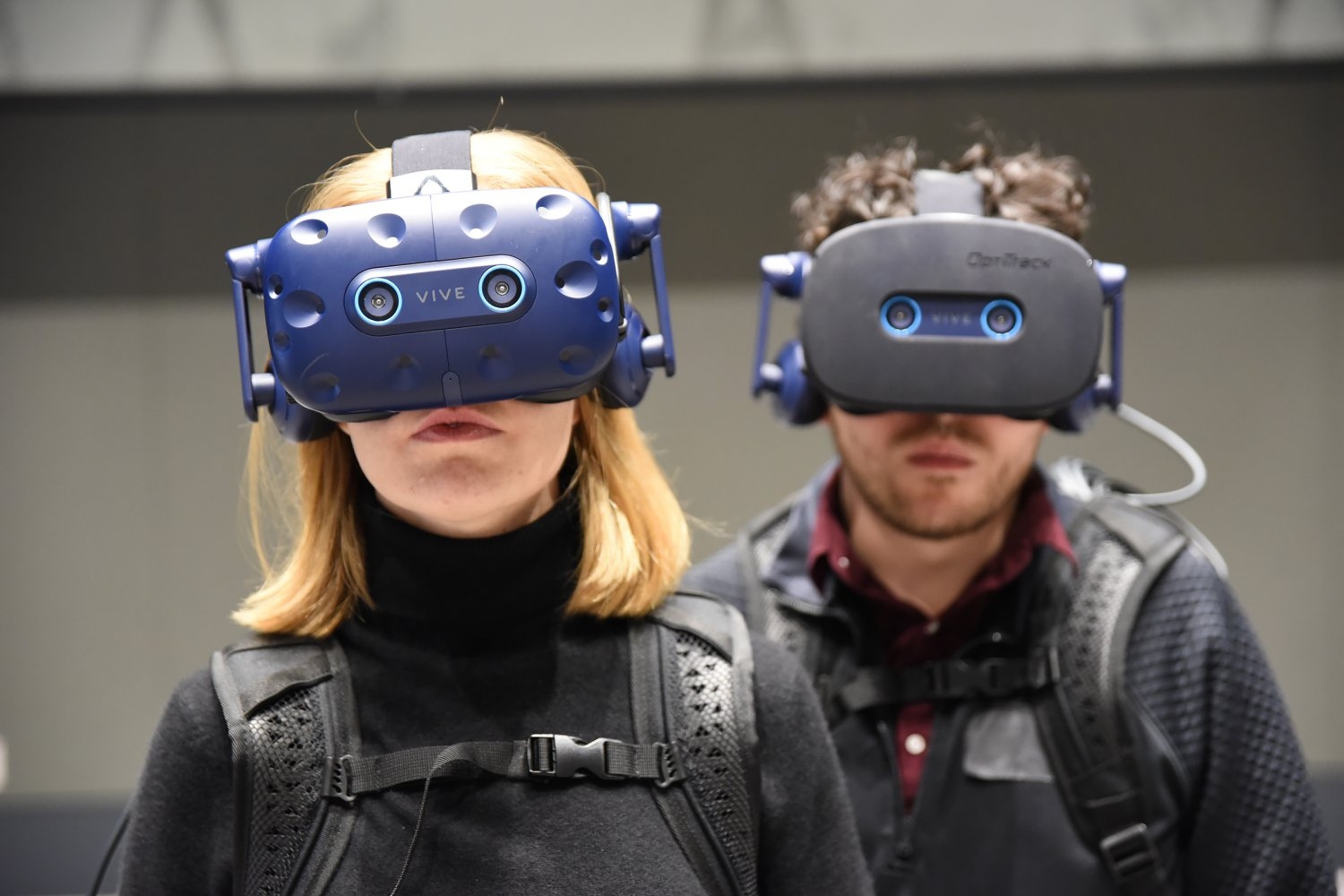Generic AI Models Save Time; Prebuilt AI Models for Verticals Save More
By AI Trends Staff Generic AI models save time by packing up a percentage of the work involved in launching an AI application and offering it for reuse. A prime example is Vision AI from Google Cloud, with access to pre-built models for detecting emotion and understanding text. Some emerging companies aim to build on […]


By AI Trends Staff
Generic AI models save time by packing up a percentage of the work involved in launching an AI application and offering it for reuse. A prime example is Vision AI from Google Cloud, with access to pre-built models for detecting emotion and understanding text.
Some emerging companies aim to build on this trend by supplying pre-built models developed for specific vertical industries, to go beyond the advantages of generic pre-built models for any industry.

“While effective in some use cases, these solutions do not suit industry-specific needs right out of the box. Organizations that seek the most accurate results from their AI projects will simply have to turn to industry-specific models,” stated DJ Das, founder and CEO of ThirdEye Data, in a recent account in TechCrunch. ThirdEye builds AI applications for enterprises.
Companies have options for generating industry-specific results. “One would be to adopt a hybrid approach—taking an open-source generic AI model and training it further to align with the business’ specific needs,” Das stated. “Companies could also look to third-party vendors, such as IBM or C3, and access a complete solution right off the shelf. Or—if they really needed to—data science teams could build their own models in-house, from scratch.”
In a recent engagement, ThirdEye worked with a utility company to detect defects in electric utility poles by using AI to analyze thousands of images. “We started off using Google Vision API and found that it was unable to produce our desired results,” which was to get 90% or better accuracy, Das stated. For example, the generic Google Vision generic models did not identify the nonstandard font and different background colors used in utility pole tags.
“So, we took base computer vision models from TensorFlow and optimized them to the utility company’s precise needs,” Das stated. The team spent two months developing AI models to detect and decipher tags on the electric poles, and another two months training the models. “The results are displaying accuracy levels of over 90%,” Das stated.
Sees Need for Industry-Specific Pre-Trained Models
A similar sentiment was expressed by the CEO and founder of CrowdAnalytix, in a recent account in Forbes. “There is a catch to Google Vision, just as there is to all generic AI: These generic models know nothing about the particular industry or organization using them,” stated Divyabh Mishra.
Generic AI models are trained on general sets of data, often publicly accessible, and applicable to many use cases across industries. “The result is AI that is undeniably powerful, but extremely limited in its usefulness to businesses,” he stated.
A large library of narrowly-trained, AI applications working in specific vertical industries is needed. “We need models pre-trained on large datasets for relatively specific use cases: an AI marketplace of business-specific solutions that can be implemented directly by the consumer, without a huge data science team and without having to deal with additional training,” Mishra stated.
CrowdAnalytix works in a crowdsource model, with a community of “solvers” numbering over 25,000 to work on projects, which the company calls “competitions.” Its website states, “We leverage our community to create a host of pre-built solutions that are then tuned and customized for each client.”
New York Times Working with Google Cloud to Digitize its Photo Archive
In an example rooted in Google’s investment in prebuilt models, The New York Times is working with Google Cloud on a project to digitize its photo archive. For over 100 years, The Times has archived photos in file cabinets three levels below the street near their officers in Times Square. The archive now has between five and seven million photos, according to an account on the blog of Google Cloud.
“The morgue is a treasure trove of perishable documents that are a priceless chronicle of not just The Times’s history, but of nearly more than a century of global events that have shaped our modern world,” stated Nick Rockwell, chief technology officer, The New York Times.

“A working asset management system must allow the users to be able to browse and search for photos easily,” stated Sam Greenfield, technical director, Cloud Office of the CTO for Google, author of the post. Google brought its AI tech and expertise to the table, to create a system useful to the Times photo editors. The system scans the photo image and all the text information on the back of the photo, which enables the system to further classify the photo. A photo of Penn Station gets put into “travel” and “bus and rail” classifications, for instance.
C3.ai Offering Prebuilt AI Applications for Vertical Industries
C3.ai, the AI software company founded by Tom Siebel, who was the founder of Siebel Systems, the human resource application supplier, is replicating the packaged software industry for AI. The company offers the C3 AI Suite, offering prebuilt AI applications that can be configured, for applications including predictive maintenance, fraud detection, energy management and customer engagement.
Working with Baker Hughes, an industrial services company, C3 developed the BHC3 AI Suite targeting the oil and gas industry with predictive maintenance use cases, according to a customer story on the C3 website. Within months, the team deployed predictive maintenance applications at scale, according to an account on the C3 website. “These applications notify instrument engineers when asset components are behaving abnormally,” stated the account.
“The combination of our data science expertise and the software development expertise that c3.ai brings is really powerful,” stated Dan Jeavons, who is general manager of data science for Shell Oil.
The market is setting up well for software suppliers and consultants with expertise in applying prebuilt AI models to specific vertical industries.
Read the source articles and information in TechCrunch, in Forbes, on the blog of Google Cloud, and from a customer story on the C3 website.





































